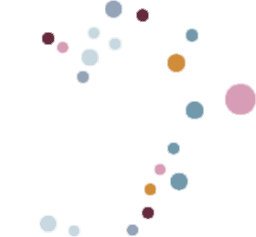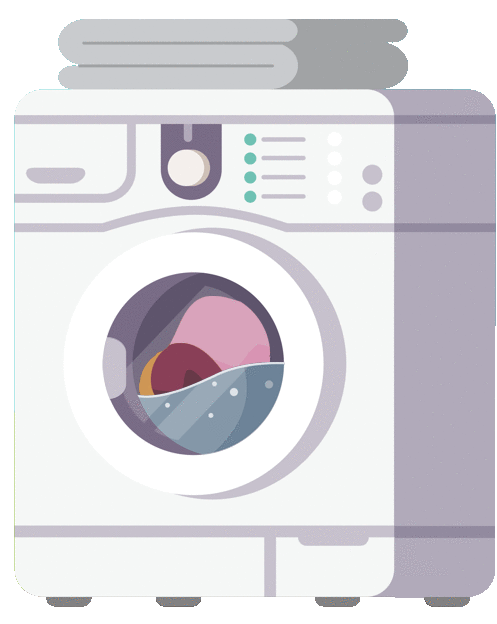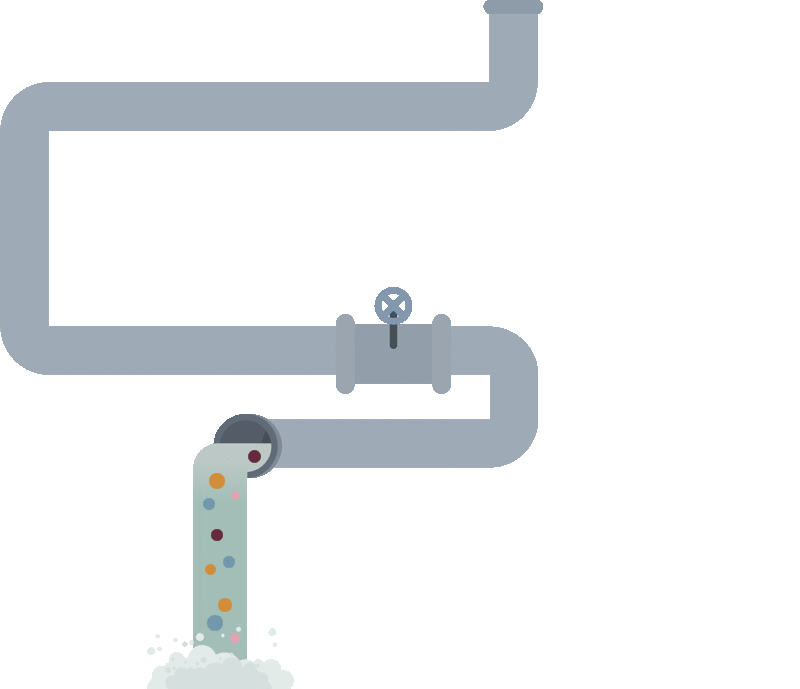For an average wash load of 6 kg, it is estimated that over 700,000 fibres could be released per wash.


Around 60% of our clothes are made of synthetic fibres such as polyester, acrylic and nylon - all of which are derived from plastic. When an item of clothing made from synthetic fabrics is washed, tiny fibres, known as microplastics, end up in our natural environment; where they are ingested by everything from plankton to humans.













Wool is a natural product that comes from sheep and is renewable

Wool breaks down wherever it's disposed of and as it de-composes it releases valuable nitrogen-based nutrients into the ground or water-ways

Wool does not promote the growth of bacteria and needs to be washed less and is stain resistant

Unlike synthetic materials, wool is naturally flame retardant and has a naturally high level of UV protection
It is estimated that around 60% of our clothes are made of synthetic fibres, such as polyester, acrylic and nylon. Every time you wash a garment, be it made of natural materials or man-made synthetic textiles, tiny particles are dislodged. Most of these microfibres are caught by filters in our washing machines and becomes what is known as lint; however, microfibres from plastic-based clothing are so small that they pass through washing machines and sewage filters with ease, making their way into rivers, lakes and, ultimately, the ocean.
Microfibre plastics are a type of microplastic that each measure below 5mm in size and are thinner than a human hair and invisible to the eye. They don't only come from clothing made of synthetic fibres, microplastics also come from broken down bits of larger plastic products, such as bottles and bags, microbeads in cosmetics, car tyres and flecks of paint.
According to a study done by the University of Plymouth, an estimated 700,000 microplastic fibres are released in an average 6kg wash. They will then flow through into the sewage system, which is then treated. Many sewage treatment plants will have some form of filter for plastic, but few will have filters that can catch these invisible pollutants. The treated wastewater is then released into rivers or the sea.
Friends of the Earth recently went out with Bangor University and tested rivers, lakes, lochs, reservoirs and streams for microplastics. The research took place between June 2018 and February 2019 and found that the River Tame in Greater Manchester contained, by far, the most microplastic pollution, with over 1,000 + plastic pollutants per litre. The River Thames has 84.1 plastic pollutants per litre.
Once these microplastic pollutants are in our waterways, they start to affect the wildlife both in the water and on land. A recent study carried out by the University of Exeter and Plymouth Marine Laboratory (PML) found that every marine mammal they tested had some plastic particles in their guts – with nylon being the most common (60%). In previous studies, Dr Penelope Lindeque, the head of the marine plastics research group at PML, has found microplastics in animals at every level of the food chain from zooplankton to fish, to marine turtles and ocean mammals. Another study conducted by the National University of Ireland (NUI) in 2018, found that 73% of deep sea fish they studied had ingested microplastic fibres. It's now not just marine life and their predators that are affected, tests have also shown that tap water around the world, including our own water in the UK, also has microplastic contamination.
What this means for both our wildlife and us is still unknown, and another danger of marine born plastic that has yet to be fully understood is how microplastics are harbouring harmful bacteria. The University of Stirling recently found plastic washed up on Scottish beaches that were contaminated with e-coli.
Whilst we don't always have the power to bring change to wider issues, we do have power over the choices we make with our buying habits. One part of the solution is to buy less clothing and only purchase items that are made from natural materials and which are made to last. Cotton, wool, linen and sheepskin are natural products that do not release harmful microplastics into the environment, they tend to more hardwearing and last longer.
Wool, along with linen, is one of the oldest materials for clothing there is. Wool has remained with us throughout this time due to its versatility. Wool is essentially grown on sheep, which can thrive even on marginal land, where other crops or livestock don’t do well or can’t be grown.
As a natural product, wool is:
This means there are no harmful microplastics being released into the environment when garments are disposed of. In fact, as wool decomposes, it releases nitrogen-based nutrients into the ground or water. As, with everything produced by humans, there is always some form of environmental footprint. However, wool, especially locally produced wool, has a much lower environmental impact than synthetic fibres made from oil.
Apart from its environmental credentials, wool has a number of properties which makes it such a successful clothing material:
While synthetic materials are known to cause skin irritation, are not breathable, do not last the test of time and are not odour resistant nor insulating. The main quality of synthetic fabrics is that they are cheap to produce and have helped to bring down the price of clothing.
At Celtic & Co, we are trying to do our bit, by making clothing that will last, out of materials that won’t pollute our waters and by making changes in the way we do business. We have started to cut the use of plastic packaging in our deliveries, we are also trying to reduce the use of plastic we use in our office, which has included replacing plastic pens with pencils and reusing and recycling cardboard. Every month, our sustainability and environmental committee meet up to discuss and implement ways to reduce waste, re-use and recycle.
If you have any ideas on how we can reduce our impact further, we'd love to hear from you.